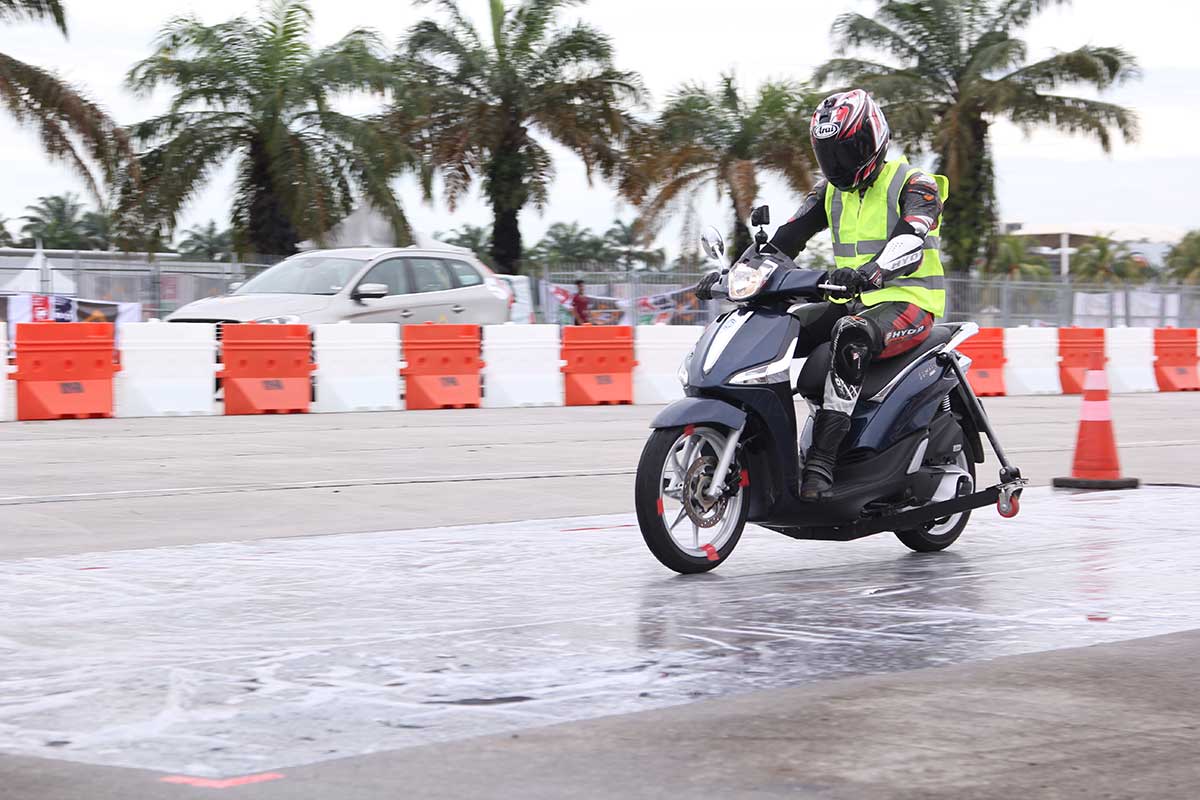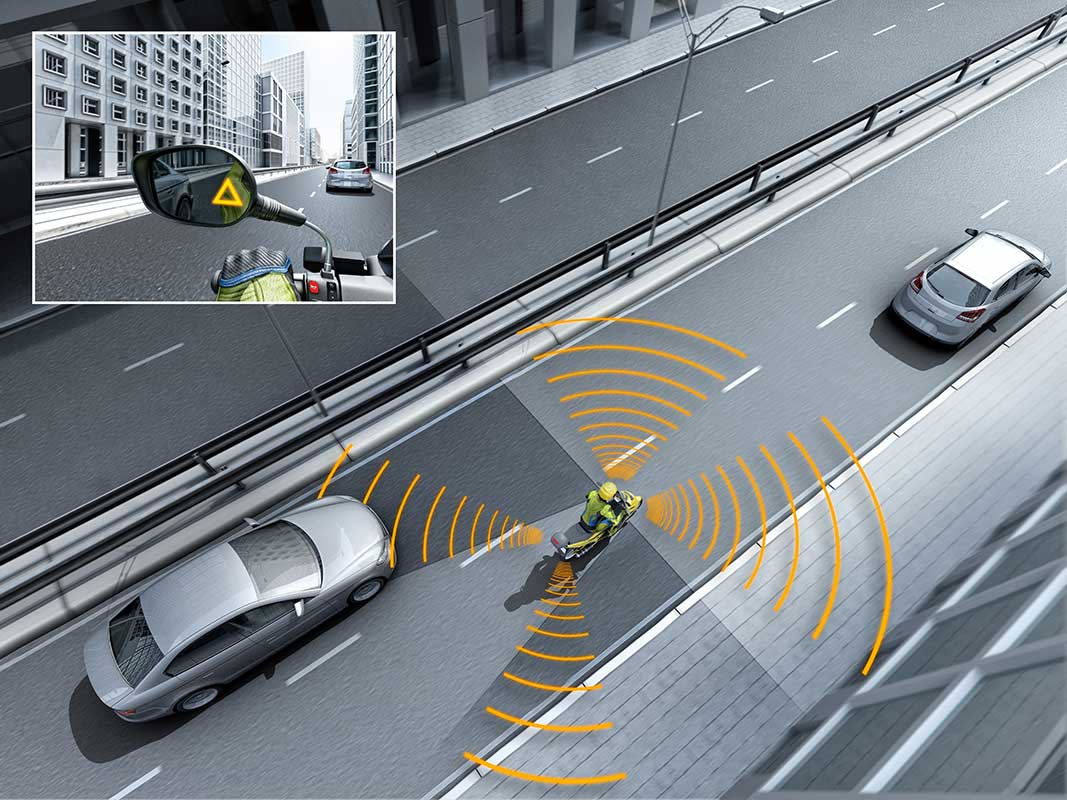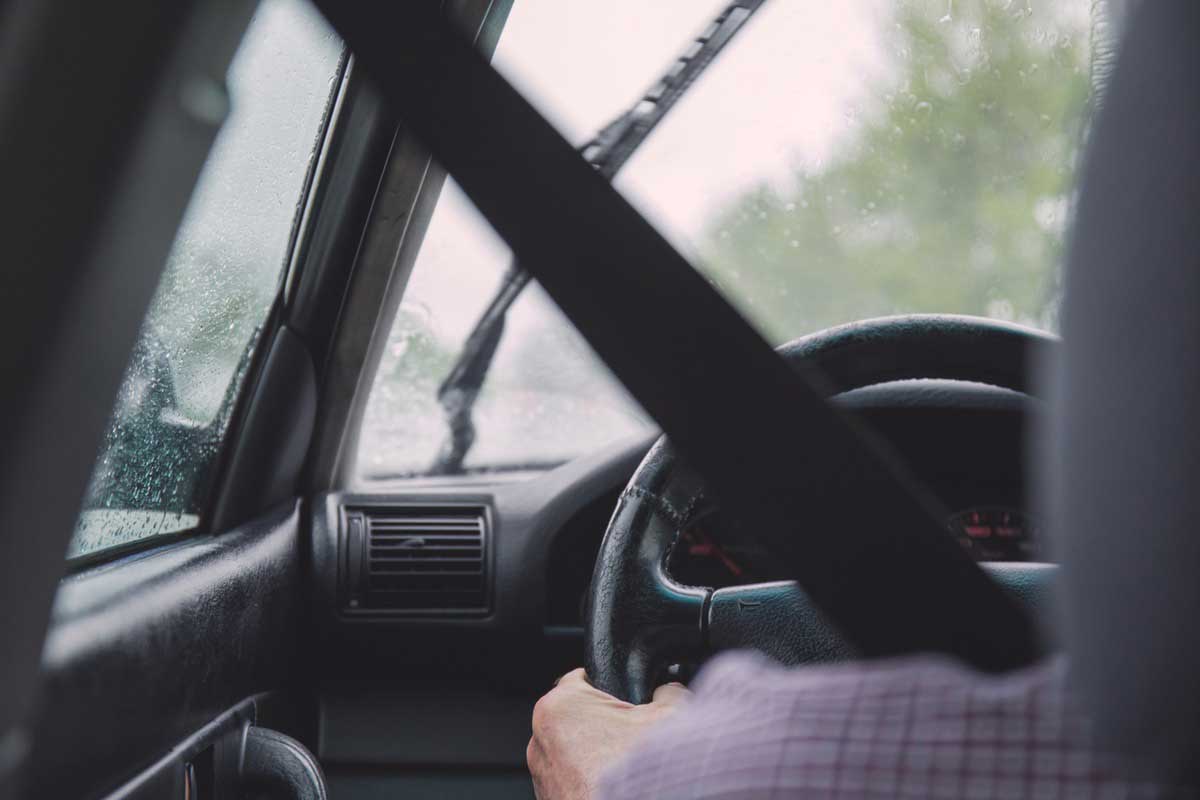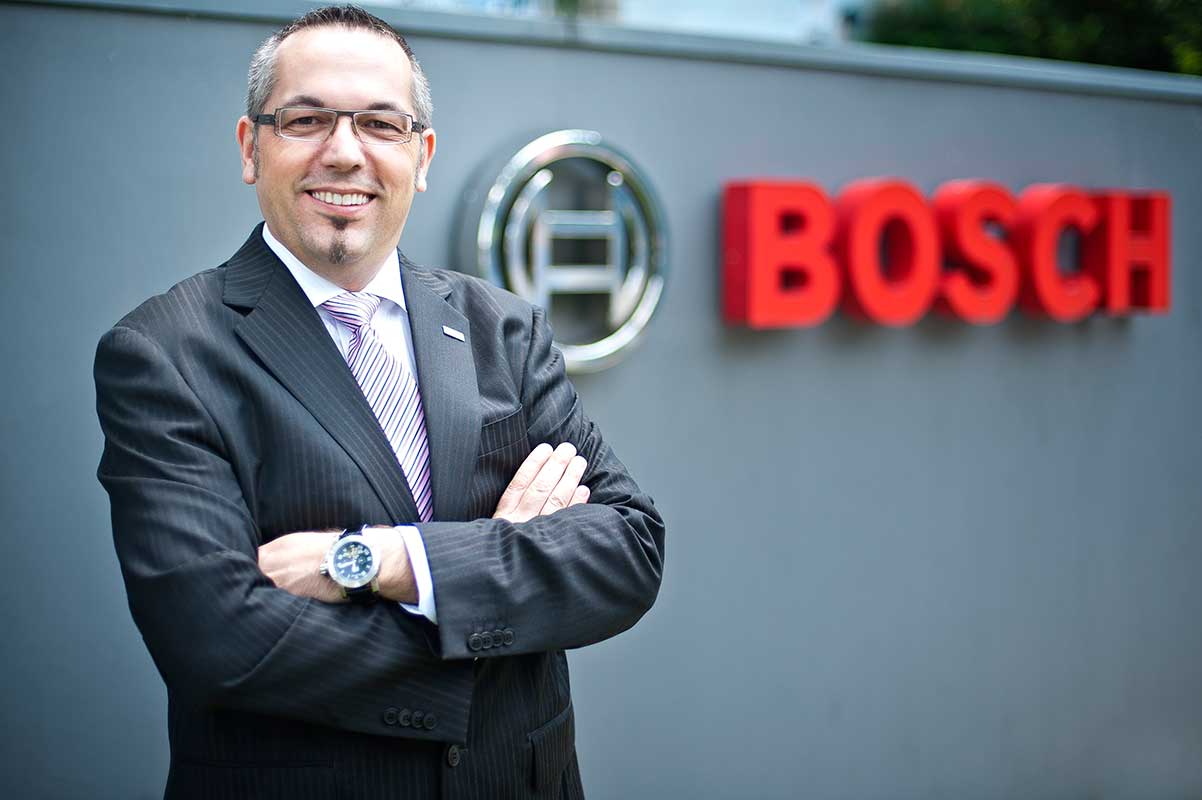Almost 40 years ago, multinational engineering company Bosch began series production of the antilock braking system or ABS for short, which lay the foundation for most safety systems in a vehicle today. The technology is a simple yet effective safety system that prevents the wheels from locking – allowing the driver to maneuver the vehicle even under hard braking. On the safety front, the company has been instrumental in many of the core safety systems which includes the traction control system (TCS) and electronic stability program (ESP). While these technologies are available in vehicles today, what about motorcycles?
We speak to Klaus Landhaeusser, General Manager, Automotive Sales Original Equipment SEA for Robert Bosch on the importance of ABS for motorcycles and the reduction of greenhouse gas emisssions for the ASEAN region.
Earlier last year, the figures released by Bosch revealed that Malaysia’s adoption rate for anti-lock braking systems are lower than that of neighbouring countries Indonesia and Thailand. How can Bosch as the pioneer for ABS technology and a leader in automotive equipment help advise the Malaysian people or the local auto industry to take this more seriously?
KL: Malaysia has one of the highest road traffic fatalities in the ASEAN region and more than 60 per cent of road accidents affect motorcyclists. Add that to the 18 fatalities per day that was recorded in 2015 because of road accidents, it is evident that immediate action is necessary to tackle this problem. Bosch has the technology to help reduce the number of road accidents not just in Malaysia, but globally as well.
Our recent accident research shows that roughly one fourth accidents could be prevented if the motorcycle is equipped with antilock braking system (ABS). ABS prevents the wheels from locking up which allows riders to remain in control of the motorcycle and react more quickly without fear in a critical situation while braking.

Furthermore, by 2021, approximately 160 million two-wheelers will be produced annually, roughly one-third more than today. Nearly 90 per cent of these will be built in China, India, and Southeast Asia. As we cannot put a cost on safety and because one life lost is one too many, we are bringing our ABS technology to all classes and markets. In 2016, we released the ABS 10, a variant that is designed specifically to meet the requirements of emerging markets. With its compact dimensions and weighing just 450 grams, this system is easier for manufacturers to integrate into mopeds for price-sensitive customers.

Worldwide, more and more countries are promoting motorcycle ABS. Throughout the EU, all newly sold motorized two-wheelers with more than 125 cc displacement must be fitted with an antilock braking system as of 2017. Starting in October 2018, Japan will be mandating ABS for new type approvals for motorcycles with more than 125 cc. Brazil and Taiwan, too, have already passed laws mandating ABS in the future. With safety advancements readily available, it is necessary for the local regulators and the automotive industry to follow suit to keep up with the rest of the world on safety standards.

What we feel is lacking – awareness on safety technologies and advancements. Which is why we are working closely with various stakeholders including the New Car Assessment Program for South East Asian Countries (ASEAN NCAP) and the Malaysian Institute of Road Safety Research (MIROS) to create awareness on motorcycle ABS. We recently organised a live motorcycle demonstration during the ASEAN NCAP Stop The Crash Campaign in Sepang, to provide insights on motorcycle ABS and how it can potential deter unwanted road accidents.

We have come a long way in terms of vehicle safety and technological systems. Based on a list of available automotive safety systems, how much further do we have to go to make vehicles that is truly safe for passengers everywhere?
KL: Studies show that 80 per cent of traffic accidents in Malaysia are caused by human error. Hence, reducing the human element is key. In future, autonomous cars present a potential solution to eliminate this human error component. Until the technology and market is mature for usage, Bosch is continuing its efforts in this region to promote vehicle safety systems that help drivers during critical situations such as the motorcycle antilock braking system (ABS), motorcycle stability (MSC) and electronic stability program (ESP) for cars, amongst many more.
What are your top 3 favourite Bosch automotive safety systems and why?
KL: Firstly, it is the Electronic Stability Program (ESP), which already includes ABS. ESP intervenes and assists a vehicle to gain stability during a forthcoming accident. Most fatal accidents are side collisions which happen when a vehicle skids and ESP drastically reduces such risk. ESP has helped me countless times in avoiding accidents during sharp corners and avoiding sudden cars appearing at junctions. This is important to me since my regular passengers are my wife and kids.
Secondly, it would be the e-Call systems. Time is essential during accidents in ensuring the victims receive immediate help as soon as possible, otherwise the result might be fatal. The system will analyse the vehicle sensor signals to elaborate the severity of the accident, and will contact the nearest authorities with the precise location. Hence, victims of the accident get a quicker response time, especially by accidents in secluded areas.

Thirdly, it is the Side-View-Assist (SVA)/Lane Keeping Support (LKS). Changing lanes in Malaysia can be difficult especially when motorcycles often weave between the lanes or when a car suddenly speeds up hindering you from switching lane. I find this most useful, so that we as drivers can be alerted much earlier if any vehicles are approaching from our in a blind spot and LKS can support by counter steering if we misjudged the situation. In case of tiredness or unintended change of lanes, the LKS system helps to counter steer to keep you in the lane. Both systems can help avoid accidents altogether.
Based on your previous works in your profile, you have advised ASEAN governments on the reduction of CO2 and green-house gas emissions, how has that advice grown since? And where would your goal to an emissions free future begin?
KL: The Malaysian government has taken an encouraging step to reduce 40 per cent greenhouse gas emission (GHGE) by (2005 level) by 2020. We see a lot of potential and positive actions in the market. Fuel companies have voluntarily switched to Euro 5 diesel before the official implementation date on 2020 and Euro 4 is now available for Ron97 petrol. These fuel standard implementations will reduce more GHGE emission from vehicles.

However, the most used RON 95 petrol is still of Euro 2 standard. As a strong commitment from Malaysia government, legislating Euro 4 fuel standards would be essential in order to reach the self-set target by 2020. Additionally, the majority of the global automotive market have already mandated with Euro 4/5 standards. One might agree that for Malaysia moving the same standards would be essential for additional future export business.

Malaysia is also moving in the right direction towards the production of electric vehicles (EV). Demand of electricity will increase substantially if low emission vehicle such as EV is successfully introduced. Hence, before large scale implementation, it’s important that the energy source has to be shifted from fossil to renewable energy (i.e. solar or water) in order not to move the emissions from transportation towards energy production. Only by the shifting towards renewable energy, electrification can lead to lower emissions. The experience in other markets has shown that adopting a technology neutral vehicle taxation scheme, based on emissions or fuel consumption, would spark the adoption of cleaner vehicles / technologies.
When it comes to driving in Malaysia, what message would you like the Malaysian public to know when it comes to safety?
KL: There is still a lack of public awareness on vehicle safety features and habits of safe driving needs to be strengthen. It surprises me that most Malaysians would not be willing to spend any additional money on safety features but rather on comfort and design features. I could myself witness that in many cases when cars are equipped with safety features they are mostly not fully utilised.

As an example, many new vehicles now comes with a child seat lock or seatbelt, however very often I could see children jumping around in the cars without being buckled-up. Even though seatbelts are mandatory, I saw many passengers not utilising this life saving equipment. Such simple safety devices can protect you and your loved ones and have saved so many lives during critical traffic incidents.
My recommendation to Malaysians is therefore:
- Think twice before purchasing your next vehicle. Spend money on safety features than on beautification (i.e. spoilers or sound systems). Never forget that the value of yours and your loved one’s life is priceless. Better be safe than sorry!
What do you think? Share with us your thoughts and comments on vehicle safety!
Also if you’re interested in a vehicle that has these features, click here to check out Hyundai’s latest Ioniq Hybrid!
